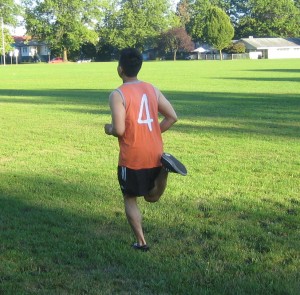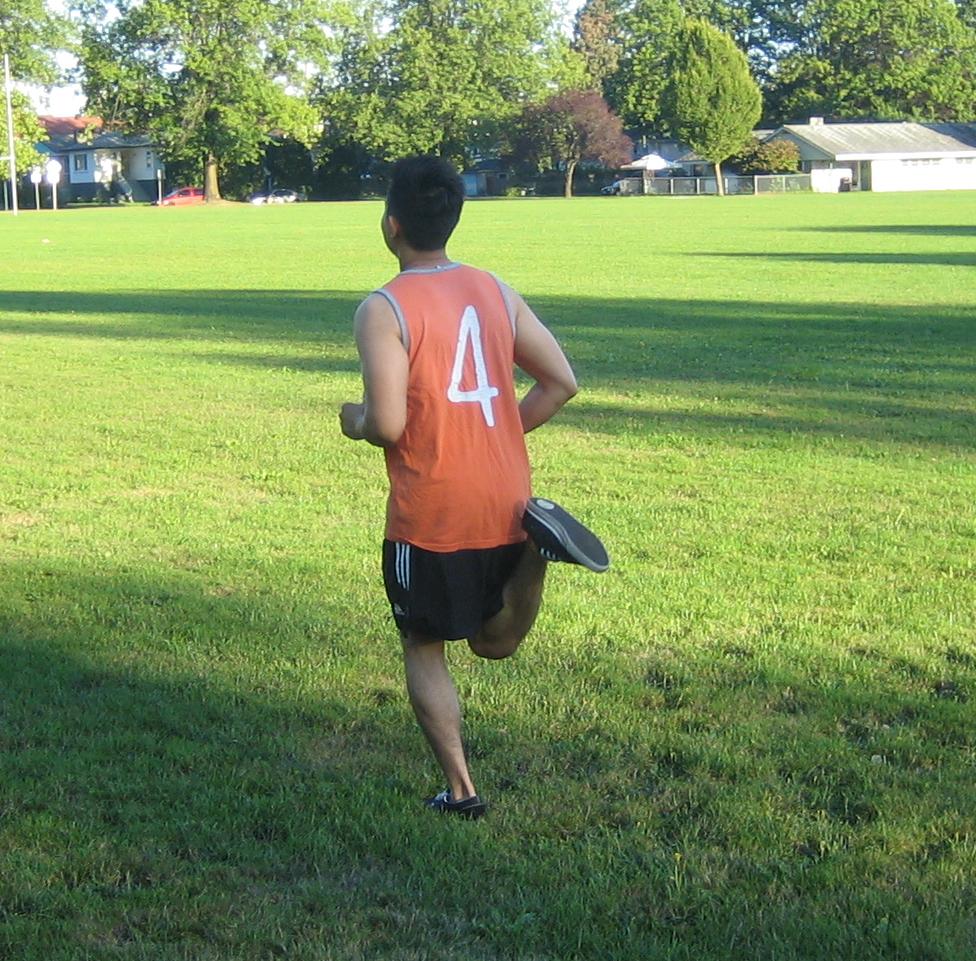Hamstring injuries such as tears, pulls and strains are prevalent among athletes who engage in sports that involve strong accelerations, decelerations or significant running. The hamstring muscles travel down the rear part of the leg from the pelvis to the bones of the lower leg.
What are the indications?
When it comes to hamstring injuries, they usually cause abrupt, piercing pain in the rear of the thigh that might stop the individual mid-stride. After an injury, the knee might not extend more than 30-40 degrees without causing intense pain. Similar to most cases of strains and sprains, hamstring injuries can be caused by excessive stretching of the muscle fiber or other soft tissues beyond their normal limits.

Assessing the severity of hamstring injuries
The hamstring injuries are categorized as mild, moderate or severe depending on the extent of the muscle injury.
Mild (Grade I)
- Muscle soreness, stiffness and tightness in the rear part of the thigh
- Minimal swelling
- Flexing the knee to bring the heel up
- Normal walking gait and range of motion with minimal discomfort
Moderate (Grade II)
- The gait is affected with a minimal limp
- Muscle pain, piercing twinges and tightness in the rear part of the thigh
- Painful or sore to the touch
- Evident swelling or bruising
- Diminished range of motion and pain upon flexing the knee
Severe (Grade III)
- Pain while at rest that intensifies during movement
- Noticeable swelling and bruising
- Difficulty walking without assistance
Causes of hamstring injuries
Pulls or strains often occur during eccentric contraction of the hamstring group while running. Before the foot strikes the ground, the hamstrings contract to slow the forward movement of the lower leg. In uncommon cases, hamstring injuries are due to a direct blow to the muscle from another player or being struck by a ball. Some factors that contributes to the development of hamstring injuries include:
- Engaging in too much activity, too soon or pushing beyond the limits
- Poor flexibility
- Tight hip flexors
- Weak glutes
- Poor muscular strength
- Incorrect or no warm-up
- Muscle imbalance between the quadriceps and hamstring muscles
- Differences with the leg length
- Muscle fatigue that progresses to overexertion
- Previous hamstring injuries
Management
The treatment for hamstring injuries is based on the severity of the injury. Due to the diminished ability to use the muscle and pain, a 3rd degree strain requires assessment by a doctor. As for less severe strains, they can be managed at home. There are general measures that are suitable for mild to moderate hamstring injuries such as the following:
- After an injury, it is vital to rest the affected muscle for up to 2-3 weeks before resuming the sport after the injury
- RICE method
- An anti-inflammatory medication can be given to minimize the pain and inflammation
- Stretching can be started as soon as the pain and swelling subsides
- A strengthening program helps restore strength of the injured muscle to prevent re-injury. This must be done in a gradual manner.
- A thigh wrap can be applied for support as the muscle heals

